The ten year anniversary of Dota's public release is coming up (yes, we're working on some fun stuff for it; no, we're definitely not going to hit the July 9th date listed on Steam).
As anniversaries go ten years is a big one, and while looking back is important, what's more important is how we approach the ten years to come.
So we'd like to take this opportunity to share with you our thoughts on the long history of Dota updates, what we've learned, and how that helps our plans to make Dota even better in the decade ahead.
The PastEarly Dota updates were diverse in form and scale, themed around everything from new heroes to new cosmetics, new gameplay modes to new client features.
While details varied, all of these updates shared the same goal: generate a bunch of excitement and entertainment for existing Dota players and bring new players in.
Some were successful (Diretide 2012); some were less successful (Diretide 2013). We learned from all of them and continued to experiment.
In 2013, two years into running The International, we saw how much fun people were having at the event and had a new idea: What if we could bring some of that fun to anybody who couldn't attend in person?
So we created a digital companion to the event and called it The International Interactive Compendium.
The Compendium grew in scope over the years, and ultimately transformed into the Battle Pass, acquiring a reward line and spawning a wide variety of content.
Features that earlier in Dota's history might have been fun themed updates, minigames and item sets, arcanas and voice lines, gradually got swallowed by the Battle Pass — new game modes, new functionality, new cosmetics, anything that could fit.
The nature of the Battle Pass is such that it could grow to encompass just about any content we produce for Dota over the year.
And, over the last few years, it did — Battle Pass season has grown to be a tremendously exciting time in Dota, but it leaves the rest of the year feeling barren by comparison.
The PresentLast year, we started to ask ourselves whether Dota was well-served by having this single focal point around which all content delivery was designed.
Each step we had taken made sense when considered independently: any single piece of content would be more valuable when bundled as part of the Battle Pass, so we bundled more and more.
This led to a momentous content drop every year, but it also greatly limited our ability to do things that were exciting and valuable for players but didn't fit into the Battle Pass reward line.
When we recognized this, we made a deliberate choice earlier this year to run an experiment: to take some of the resources that would normally produce Battle Pass content and instead put them towards more speculative updates, including features and content that couldn't fit into a Battle Pass.
While work is still in progress on future updates, the first of these has shipped: New Frontiers and patch 7. 33 couldn't have shipped as they did if we were focusing all our efforts on producing Battle Pass content.
Most Dota players never buy a Battle Pass and never get any rewards from it.
Every Dota player has gotten to explore the new map, play with the new items, and accidentally die to a Tormentor; every Dota player benefits from UI improvements and new client features.
Community response to New Frontiers has helped us build confidence that working less on cosmetic content for the Battle Pass and more on a variety of exciting updates is the right long-term path for Dota as both a game and a community.

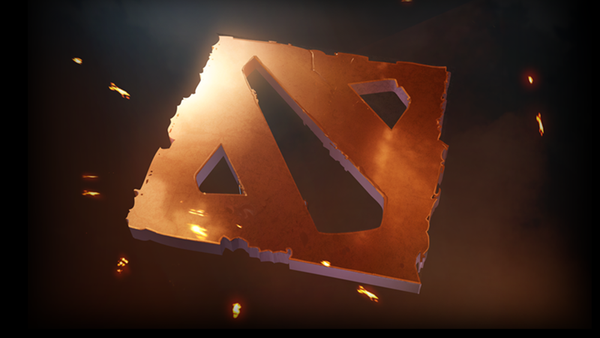
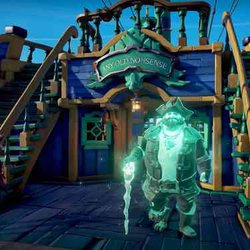

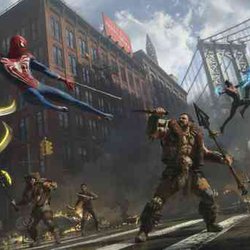
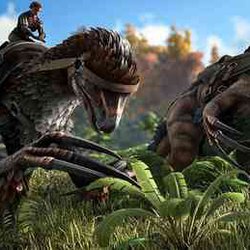
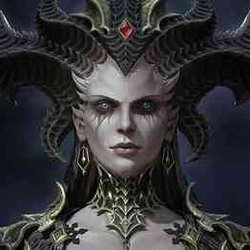
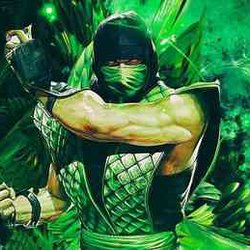
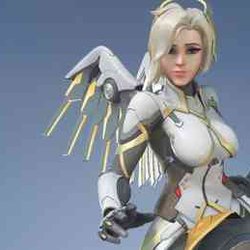

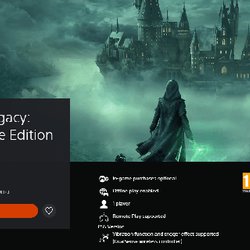
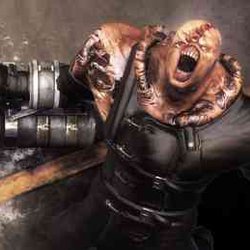
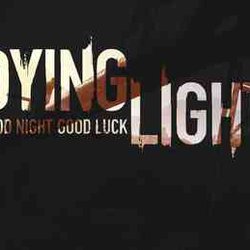



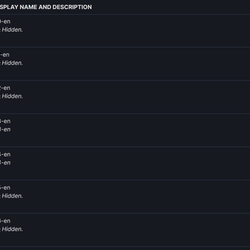


0 Comments:
Leave a Reply